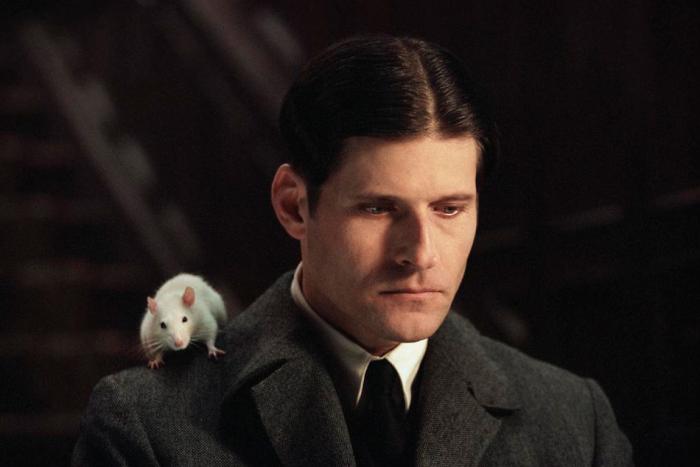Language is kind of like the economy; even though humans supposedly invented it, we don’t really get how it works. One idea that’s been around for a long time (since Ferdinand de Saussure, one of the fathers of semiotics) is that words are essentially arbitrary—the word “table” has nothing to do with the object it describes. It’s not that all things made of wood start with the letter t, or that the cross on the t is supposed to look like a tabletop. Even in languages that do have a comparatively high degree of iconicity—American Sign Language, Chinese—some words look like the thing they describe, but many do not.
However, we do persist in feeling as though some words “fit” certain objects better than others. That’s why it’s tough to look at a baby and think “Archibald.” Babies are sort of soft and round, and look like their names should be “Moomoo” or “Foofy.” A new study in the Canadian Journal of Experimental Psychology, conducted by Alan Nielsen and Drew Rendall from the University of Lethbridge, asks what types of sounds “fit” what types of objects.
Their experiment is a variation on one from 1929 by Wolfgang Köhler showing what is variously called the Takete-Maluma effect or the Bouba-Kiki effect. Essentially, Köhler asked people to match up different shapes with nonsense words and found that the rounder and more cloud-like a shape was the more likely people were to choose words like “bouba” or “maluma” to name it; the more jagged and pointy the shape, the more people picked words like “takete” and “kiki.”
The central question Nielsen and Rendall wanted to test was: are people picking these kinds of words based purely on the consonants, or do vowels also play a role?
The researchers chose 22 undergrads (14 female, 8 male) to act as subjects in their experiment. They then presented the subjects with 45 different pairs of images. The images were created by having a computer program link up the same set of points with straight or curved lines, so that the shapes were the same except that one would look sort of like a freehand, impressionistic drawing and its pair would have the sharp angles of an origami object.
The students were then asked to create names for these objects by using a list of syllables provided. The syllables had either plosive consonants (K, T, P) or sonorant consonants (L, M, N) and either rounded vowels (oo, oh) or non-rounded vowels (ee, ay): TEE vs TOO, or LOH vs LAY. The students created two-syllables names by combining the syllables they saw on the screen—they could test out their choices by having a computerized voice (“David”) read their word out loud to them.
The researchers significant agreement among subjects on which syllables went with which pictures. For the first syllable of their words, subjects consistently leaned towards plosives and non-rounded vowels (kee, tee, pay) for the jagged images and sonorant consonants and rounded vowels (loo, moh) for the curved shapes. For the second syllable, the researchers didn’t find an effect for curved objects, but for jagged objects the kee-tee-pay pattern persisted. The experiment showed that vowels also have an effect on how people perceive the sharpness or roundedness of a syllable.
Nielsen and Rendall found another interesting effect as well: some syllables were generally more popular than others. Koo, tee, and too were consistently chosen at above-chance rates for both first and second syllables, whereas nuh, pee, and poo were well below chance.
Maybe people just don’t like saying “pee” and “poo” during a serious experiment—or maybe part of the reason words like these have attached themselves to taboo objects is because they have an unpleasing auditory quality? “Swear words and other forms of profanity,” the researchers note, “are documented to contain a greater proportion of fricative and plosive (strident) consonants.” “Fuck” doesn’t sound like a flower, and you wouldn’t yell “Lily-of-the-valley!” to scare off an intruder.
I love this effect because there’s something exciting about the idea that there’s a secret order and reason to how language works. Or maybe semiotics has just attracted too many wankers, and I’ve had to listen to too many goateed assistant professors get nihilistic about how language is meaningless and communication is impossible. So it’s nice to hear an argument for why even non-words like bouba and maluma have discernible relationships to meaning, and that we all instinctively know not to pick up a takete with our bare hands.
Studies Show runs every Thursday.






